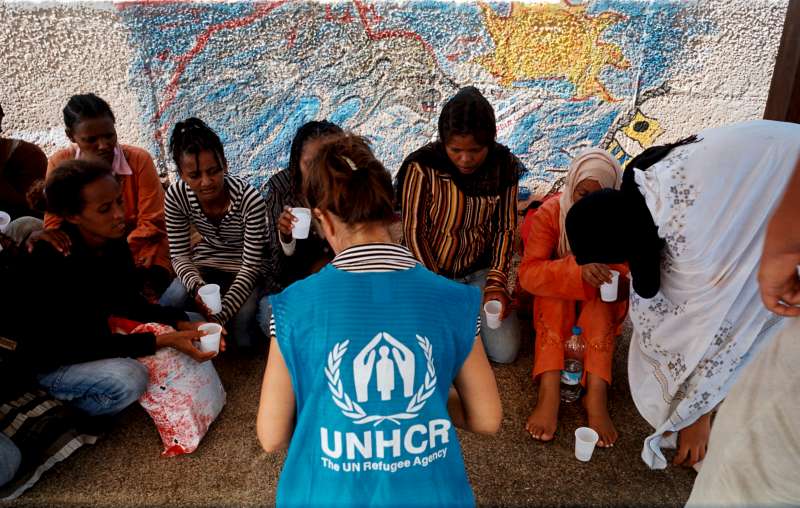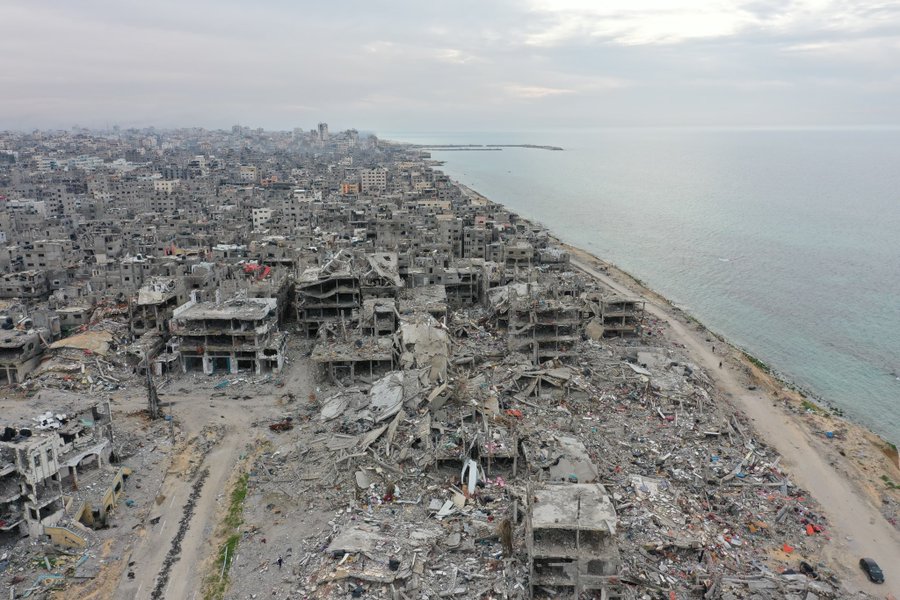The Refugee Crisis (And What You Can Do About It)
- The United Nations High Commissioner for Refugees (UNHCR) defines refugees as persons fleeing or forced to flee armed conflict or persecution to seek safety in nearby countries. Refugees should not be mistaken for migrants, who are individuals who choose to move not because of a direct threat of persecution or death, but mainly to improve their lives by finding work, or in some cases for education, family reunion, or other reasons.
- There are a number of factors and reasons behind how the current refugee crisis started. The 2011 anti-government demonstrations in Syria arose as part of the Arab Spring. This led to the Syrian Civil War and the displacement of over 6 million Syrians due to the violence and conflict.
- Refugees are not only coming from Syria, but also from other countries in the Middle East such as Iraq and Afghanistan due to ISIS or the devastation of war.
- There has been hesitation among some countries when it comes to the topic of allowing refugees into their country. The U.S. has accepted about 1,500 Syrian refugees but is expected to allow 10,000 in 2016; Germany is expected to allow 800,000; while Canada is making a million dollar commitment to help with the crisis. The reasons why many nations are not accepting refugees are due to the lack of resources, economic strain on the country’s economy, as well as security concerns and potential threats.
- An effort to provide medical care, shelter, emergency supplies, and assistance is ongoing. Different humanitarian organizations such as the UN Refugee Agency, Mercy Corps, UNICEF, CARE, Save the Children, Doctors without Borders, and more are helping to give refugees a fighting chance at a better life.

What can you do to make a difference?
- Educate your campus on the issue and why it impacts them and the community. Plan an event for World Refugee Day on June 20th.
- Support the initiative by visiting UNHCR to learn more about the latest news and what you can do to help spread awareness.
- Volunteer in your community by locating refugee communities within your area or finding an International Rescue Committee office to mentor refugee families and individuals.
- Donate to charities and organizations such as UNHCR, Mercy Corps, or the International Rescue Committee. Your donation can provide life-saving medical services, food, and work to those in need.
More Resources
The Hive
The Hive is a special projects unit of USA for UNHCR that uses advanced data science to develop groundbreaking new models for consumer engagement. The Hive was formed to be an instrument for engaging Americans around the refugee crisis. Check out the Hive in the news here and here.
For more information on The Hive, contact UNHCR’s Erin Dunne at erin@unrefugees.org
#RainbowRefugees
A shocking 77 countries criminalize same-sex acts, punishable with imprisonment or, in many cases, the death penalty. As a result, all over the world, LGBTI people are are are forced to flee to escape persecution, violence, and sexual assault — the thought of a safe haven is all but a fairytale. The Hive is using sophisticated data to target key audiences in the United States and engage and activate them to support LGBTI refugees. These new target audiences are not aware of the persecution of LGBTI community members around the world, and/or have not been mobilized to show their support. The project is designed to give a voice to LGBTI refugees who are often forgotten in the larger refugee conversation. Visit the website at www.rainbowrefugees.org and download the toolkit to here.




